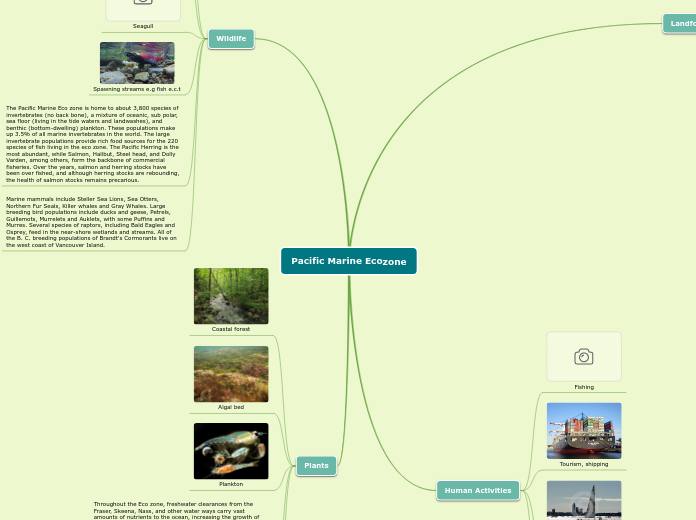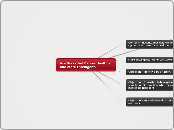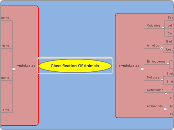par Paice Aidden Il y a 2 années
516
Pacific Marine Ecozone
Following the publication of Captain Cook’s voyages in 1784, British and American traders sought sea otters in the Pacific, leading to their near-extinction by the early 1930s. This caused an explosion in sea urchin populations, which devastated kelp forests.









